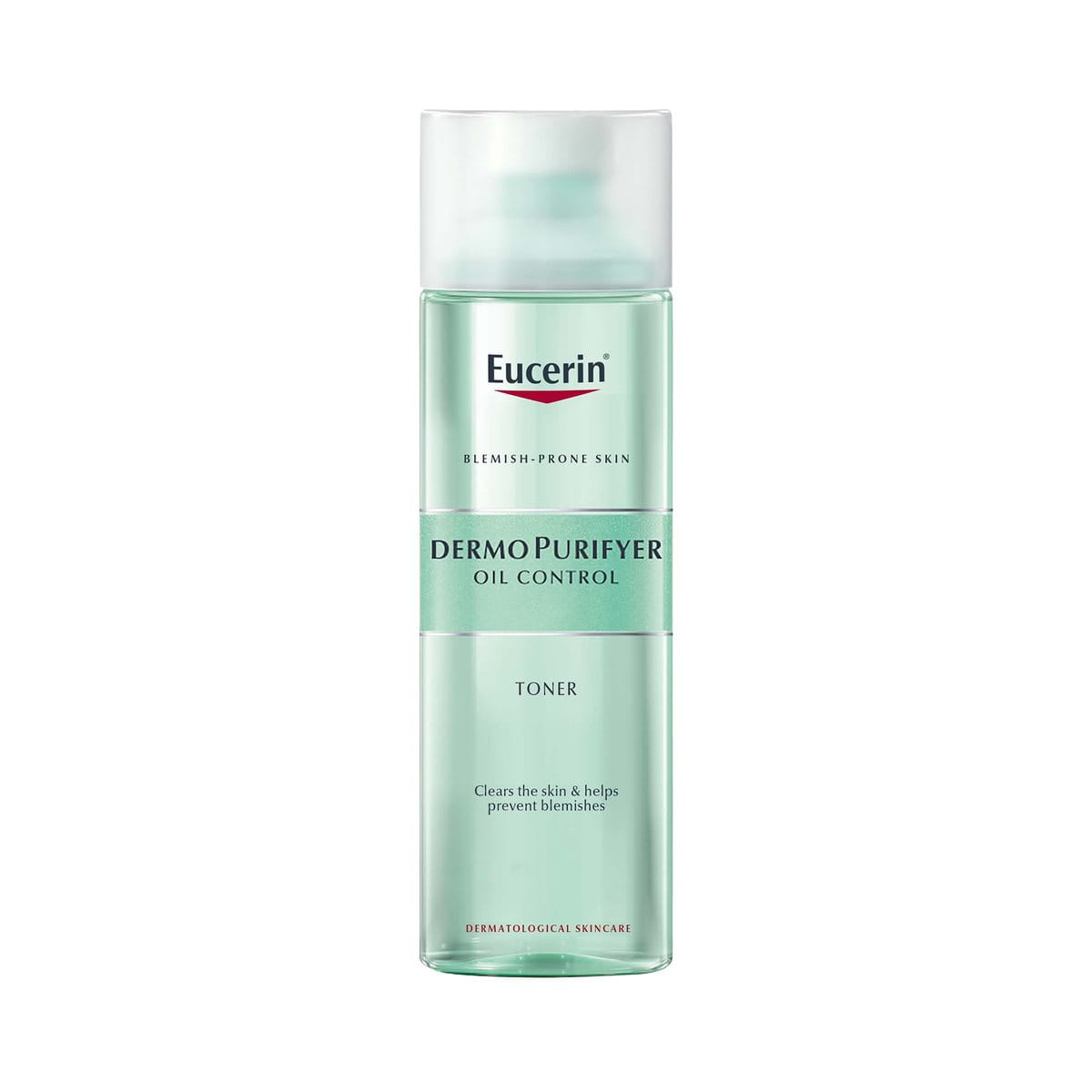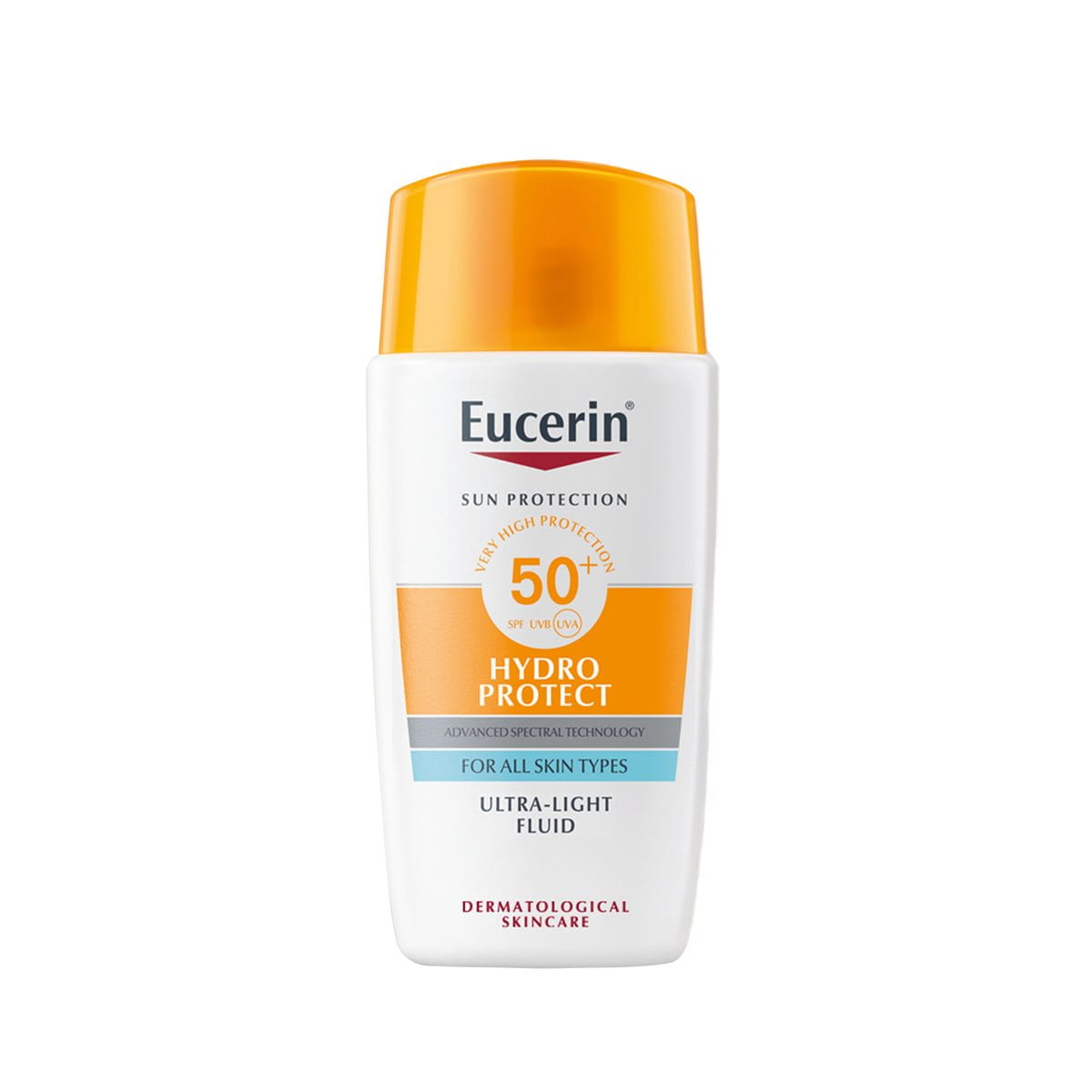It's frustrating dealing with acne, especially if the condition is persistent and quick home remedies are not cutting it anymore. The search for a solution will bring you to exfoliants that claim to target flare-ups.
But while the active acne subsides, the lasting effects of discoloration (like post-inflammatory hyperpigmentation) can cause distress and impact one's self-confidence immensely. Here's where glycolic acid comes in.
Glycolic acid is touted for its prowess to exfoliate the skin, boosting benefits for cell turnover and actively fading acne scars. Let's explore its benefits for acne in detail through this article.
Keynotes:
- Glycolic acid is a high-performing exfoliant in the alpha hydroxy acid (AHA) family.
- It helps in increasing cell turnover, cleansing the dead skin cells and boosting collagen synthesis.
- Begin with a glycolic acid product of lower concentration followed by moisturizer to reduce instances of dryness or irritation.
- Always apply sunscreen with SPF 50 daily to support the healing process of the skin.





